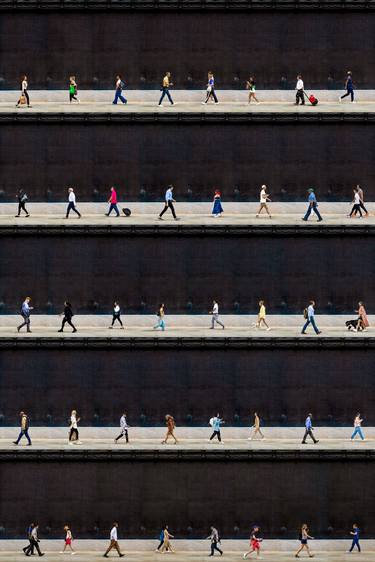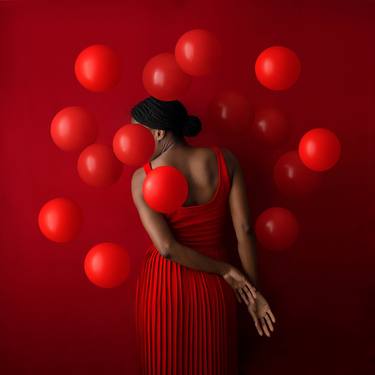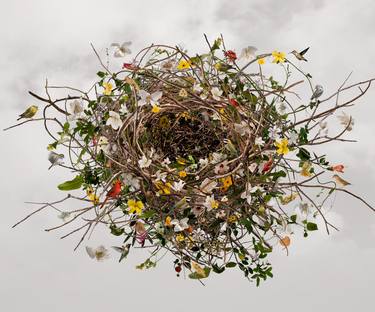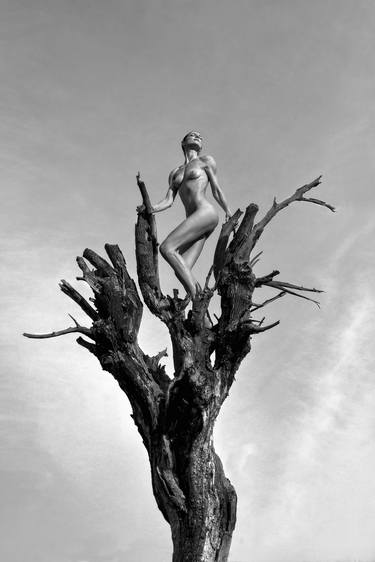- All Artworks
- Photography
- Fine Art
Fine Art Photography For Sale
Browse art and see similar matches
Try Visual Search
Category
Filter (1)
Filter
Category
Style
Subject
Medium
Material
Price
Size
Orientation
Color
Artist Country
Featured Artist
Point Reyes - Limited Edition of 25
Photography, 57 W x 38 H x 0.1 D in
United States
$8,840
Photography, 28 W x 40 H x 0.1 D in
United Kingdom
$1,260
CIRCA 1930 / Limited Edition of 5
Photography, 48 W x 48 H x 0.1 D in
United States
$8,400
Photography, 72 W x 38.3 H x 0.1 D in
United States
$10,385
Austen and Daisy in front of Trailer II (Till Death do Us part) - Limited Edition of 5
Photography, 50 W x 50 H x 0.1 D in
United States
$5,100
Triumph - Limited Edition of 100
Photography, 48 W x 32 H x 0.1 D in
United States
$4,395
THE RED BREATH (LARGE) Limited Edition of 15
Photography, 39.4 W x 39.4 H x 0.1 D in
United Kingdom
$6,890
Seagulls (Zuma Beach) - mounted
Photography, 15.7 W x 11.8 H x 0.4 D in
United States
$1,050
Photography, 44.9 W x 22.4 H x 0.1 D in
Croatia
$1,897
With the Blossom - Limited Edition of 5
Photography, 48.4 W x 48.4 H x 1.6 D in
Netherlands
$4,350
Time Lapse. Williamsburg, NYC - Limited Edition of 25
Photography, 24 W x 36 H x 0.1 D in
United States
$1,390
Along the walls of the Marrakesh Medina (119x84cm)
Photography, 33.1 W x 46.8 H x 0.1 D in
United Kingdom
$1,598
Prints from $90
Orchids 11 - Limited Edition of 10
Photography, 21.3 W x 21.3 H x 0.1 D in
Bulgaria
$510
Mon amour - Limited Edition of 25
Photography, 19.7 W x 15.8 H x 0.1 D in
Spain
$600
Prints from $100
Photography, 71 W x 40 H x 1 D in
United States
$11,090
PINEALIA / Limited Edition of 7
Photography, 36 W x 38 H x 0.1 D in
United States
$6,990
Let the light in - Limited Edition of 10
Photography, 31 W x 23.6 H x 0.1 D in
Spain
$860
PASSING OF AN ECLIPSE (LARGE) *Next 2/3*
Photography, 38.2 W x 40.6 H x 0.1 D in
United Kingdom
$3,165
Time Lapse. 30th Street & 5th Avenue, NYC
Photography, 20 W x 30 H x 0.1 D in
United States
$720
Red Moon - Limited Edition of 20
Photography, 19.7 W x 19.7 H x 0.1 D in
Spain
$670
Photography, 39 W x 48 H x 0.1 D in
United States
$1,840
Photography, 27.6 W x 27.6 H x 0.4 D in
Sweden
$1,120
Prints from $78
Making An Entrance (Frame Incl.) - Limited Edition of 14
Photography, 73.2 W x 49.6 H x 1.6 D in
Netherlands
$21,190
Radha Leopard Dress III (29 Palms, CA) - Limited Edition of 10
Photography, 7.9 W x 7.9 H x 0.1 D in
United States
$350
MESSENGER. 33 X 48,3 cms. Print. 1/30 - Limited Edition of 30
Photography, 19 W x 13 H x 1 D in
United States
$255
Prints from $100
A Place in the Sun – Limited Edition of 5
Photography, 47.2 W x 47.2 H x 1.2 D in
Netherlands
$4,090
'Renée's Dream' no. 8 (Days of Heaven) - Limited Edition of 100
Photography, 9.4 W x 7 H x 0.1 D in
United States
$330
Photography, 36 W x 36 H x 0.1 D in
United States
$6,490
Photography, 20 W x 30 H x 0.1 D in
United Kingdom
$490
Prints from $95
(MUSEUM EDITION) I have a dream - Limited Edition 4 of 8
Photography, 37.2 W x 49.2 H x 0.1 D in
Spain
$7,090
a walk at the Pantheon - Limited Edition of 7
Photography, 39.4 W x 26.8 H x 1.2 D in
$2,820
Prints from $100
Untitled - #316 - Limited Edition 2 of 30
Photography, 23.6 W x 23.6 H x 0.2 D in
France
$530
Prints from $100
Dolomites 4 - Limited Edition #2 of 15
Photography, 23.6 W x 23.6 H x 0.1 D in
Croatia
$1,310
Prints from $65
United States
$825
NURTURING LIFE / Limited Edition of 7
Photography, 42 W x 35 H x 0.1 D in
United States
$5,780
Photography, 35.4 W x 35.4 H x 0.2 D in
Netherlands
$890
Photography, 27.6 W x 39.4 H x 0.1 D in
Italy
$1,380
Photography, 23.6 W x 17.7 H x 0.1 D in
Spain
$1,130
Photography, 39.4 W x 39.4 H x 0.1 D in
Slovakia
$2,350
Soapbubble Studies// Lake Neusiedl
Photography, 47.2 W x 35.4 H x 0.1 D in
Austria
$1,920
Photography, 80 W x 53.3 H x 0.1 D in
United Kingdom
$6,213
Prints from $80
A2, limited edition 2 of 6 - Limited Edition of 6
Photography, 43.3 W x 43.3 H x 2 D in
Spain
$3,490
Autumn forest in the mist - Limited Edition of 20
Photography, 15.7 W x 23.6 H x 0.4 D in
Sweden
$620
Prints from $69
Renaissance Lady - Limited Edition of 8
Photography, 23.6 W x 35.4 H x 0.1 D in
Spain
$2,510
Photography, 26 W x 20 H x 0.1 D in
Canada
$650
Photography, 23.6 W x 23.6 H x 0.4 D in
France
$530
Prints from $100
Liniar sensitive construction XV. Limited edition of eight.
Photography, 35.4 W x 35.4 H x 0.8 D in
Netherlands
$1,450
Photography, 47.2 W x 47.2 H x 1.2 D in
Netherlands
$4,090
Beast's garden I - Limited Edition 1 of 5
Photography, 42.5 W x 31.5 H x 0.1 D in
Bulgaria
$940
Photography, 23.6 W x 23.6 H x 0.1 D in
Slovakia
$840













































